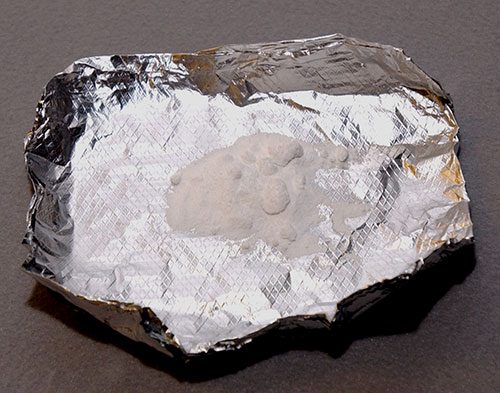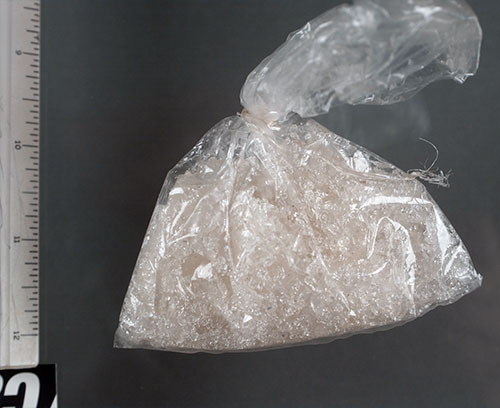
Alaska methamphetamine-related deaths surge fourfold
November 07, 2017
During 2015– 2016, 200 hospital discharge records were identified with a primary or secondary diagnosis of poisoning by amphetamines (including meth), and the rate of amphetamine-related outpatient hospital services in Alaska increased by nearly 60%. People aged 25–29 years accounted for the highest rates of amphetamine-related hospital care, by age, for all years reviewed, and Alaska Indian and Alaska Native people accounted for the highest rates of amphetamine-related hospital care and mortality, by race, for all years reviewed. The Southeast and Gulf Coast regions experienced the highest proportions of high school students who reported using meth during 2007–2015, the Anchorage and the Northern regions had the highest rates of amphetamine-related hospital care during 2015–2016, and the Gulf Coast region experienced the highest rates of meth–related mortality during 2009–2016. Amphetamines (including methamphetamine) are commonly used in combination with other drugs, such as alcohol, benzodiazepines, cocaine, and heroin and other opioids. Of the 200 hospital discharge records identified in 2015 and 2016, 33 percent indicated use of amphetamines plus at least one additional drug, and 78 percent of amphetamine overdoses during 2008–2016 also involved at least one other substances.
Quoting the State of Alaska Epidemiology Bulletin Health Impacts of Methamphetamine Use in Alaska, the Alaska’s Good Samaritan overdose prevention statutes were implemented with the intention of reducing overdose deaths by granting bystanders immunity from prosecution if they provide aid in the event of an overdose. Bystander intervention benefits first responders and drug-users alike, as bystanders can provide medical and law enforcement personnel with information on the drugs involved in the overdose, streamlining treatment and improving the chances of survival for the individual who is overdosing. Alaska Epidemiology stated in their report, the Alaska Good Samaritan laws as they stand are limited in that they provide immunity from prosecution, but not from arrest, charge, or violations to probation/parole or restraining orders, which may still dissuade bystanders from taking action. In light of Alaska’s high drug overdose death burden, it may be beneficial to review these laws to determine if they could further encourage bystander intervention. Although both amphetamines and methamphetamine do have many of the same characteristics and qualities, they are not exactly the same; however, they are both stimulants and they are both dangerous. There are some differences between amphetamines vs. methamphetamine, and though minimal, it’s important to know what they are. Amphetamine is scientifically known as methylated phenylethylamine. Methamphetamine is double methylated phenylethylamine. Amphetamine is used in some doctor administered diet pills and though it was once used in over the counter diet pills, this use has discontinued because of the high potential for abuse and dependence that amphetamine based drugs has. The effects of amphetamine are very strong and this can lead to an increased metabolism, rapid heart rate and similar effects. The effects of Methamphetamine are quite the same but may also include: impaired speech, rapid pulse, dry mouth, shallow breathng, constipation, dizziness, insomnia. Methamphetamine breaks down and metabolizes into amphetamine.
Editing by Mary Kauffman, SitNews
Source of News:
Representations of fact and opinions in comments posted are solely those of the individual posters and do not represent the opinions of Sitnews.
|
||||

